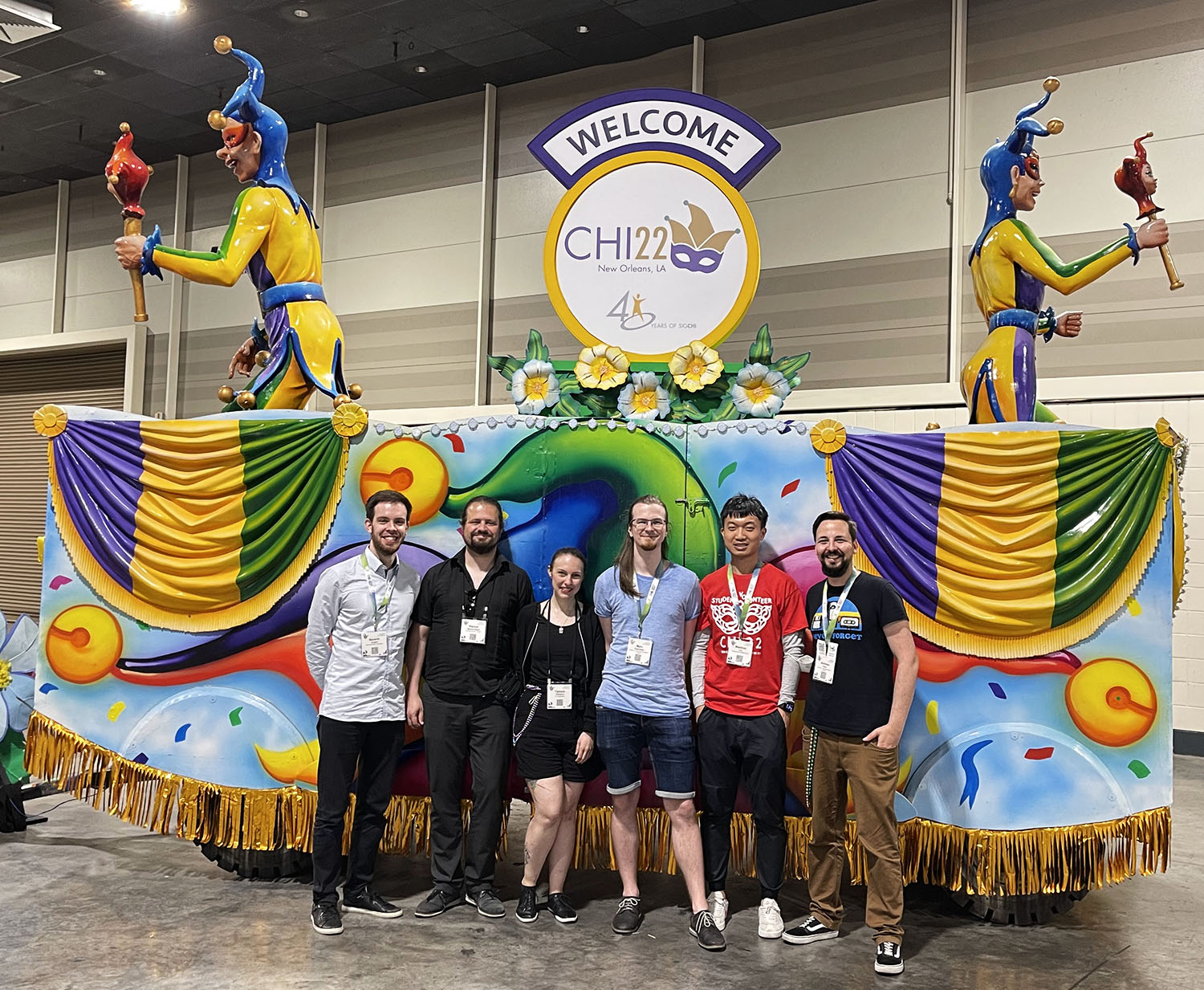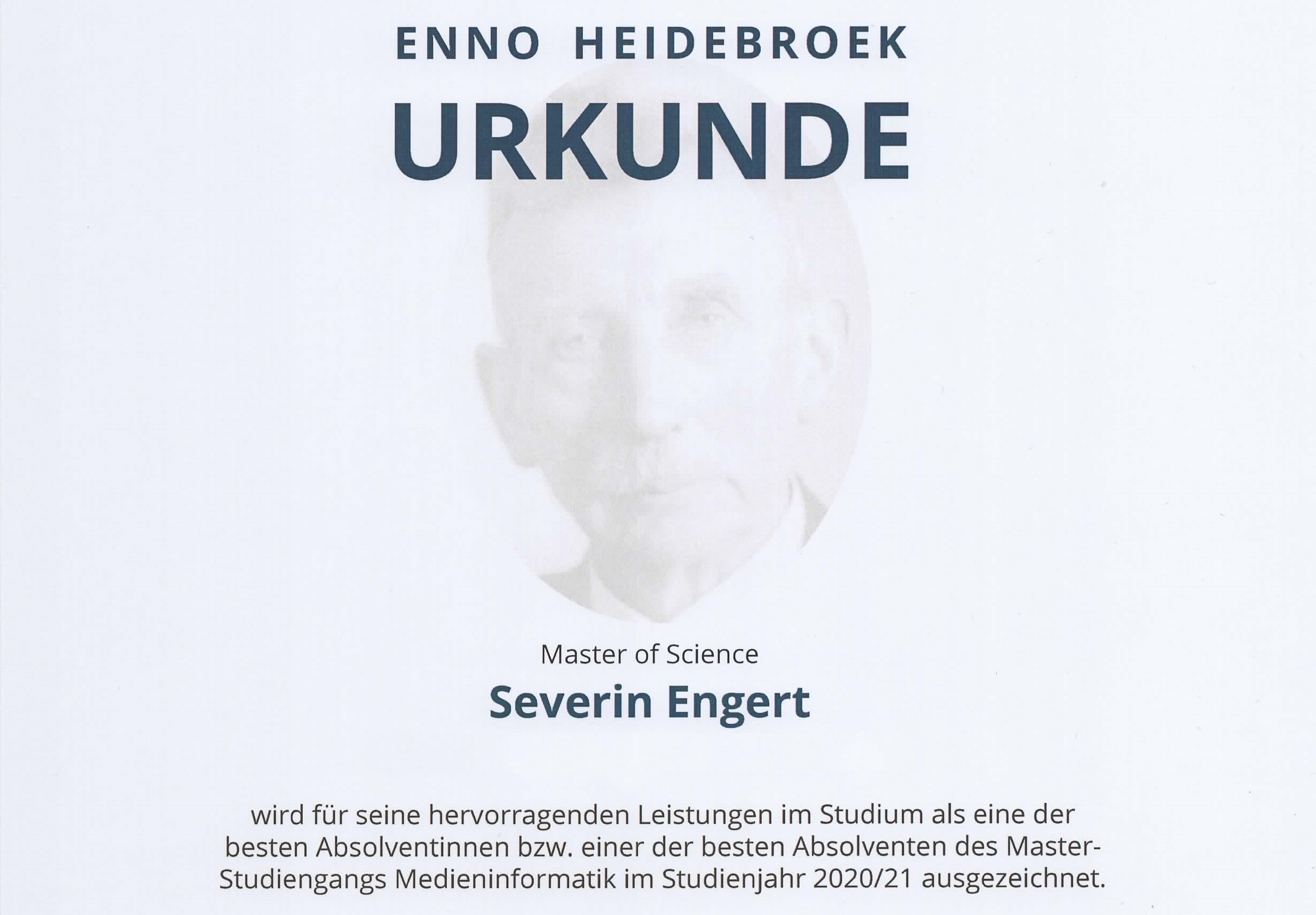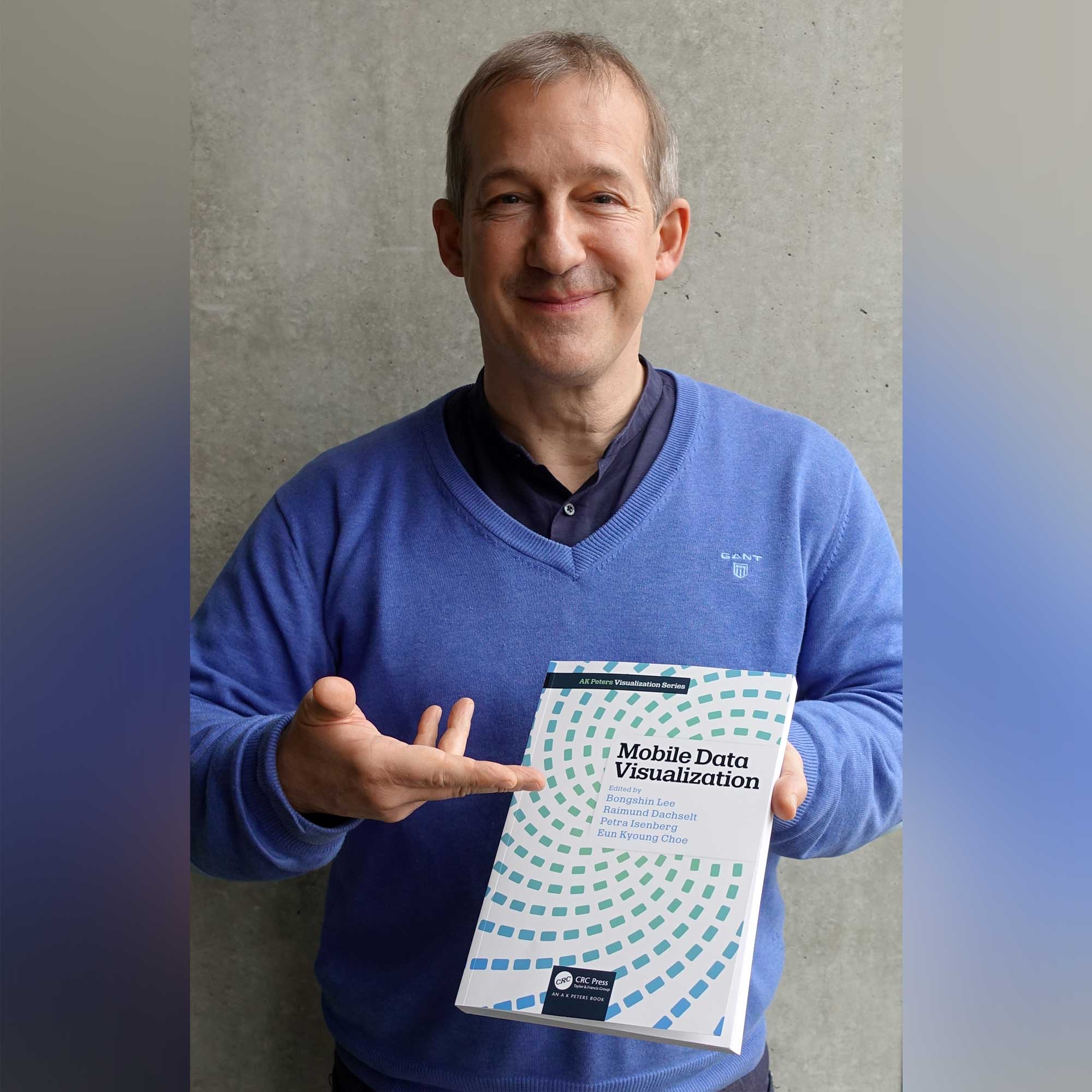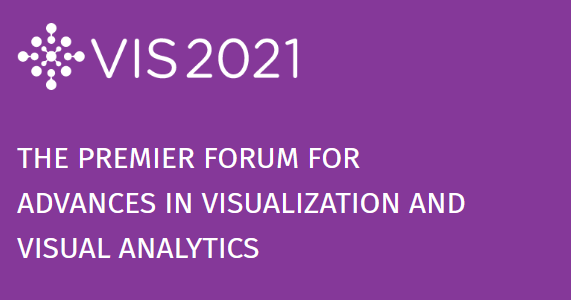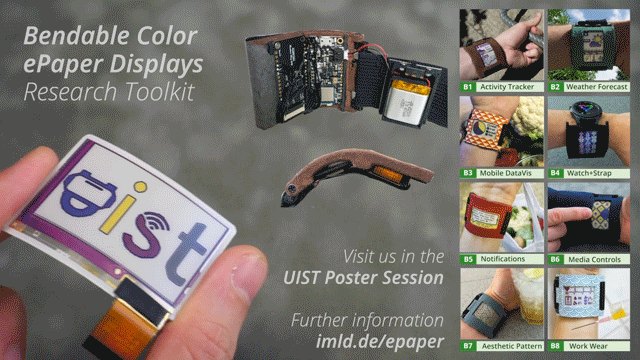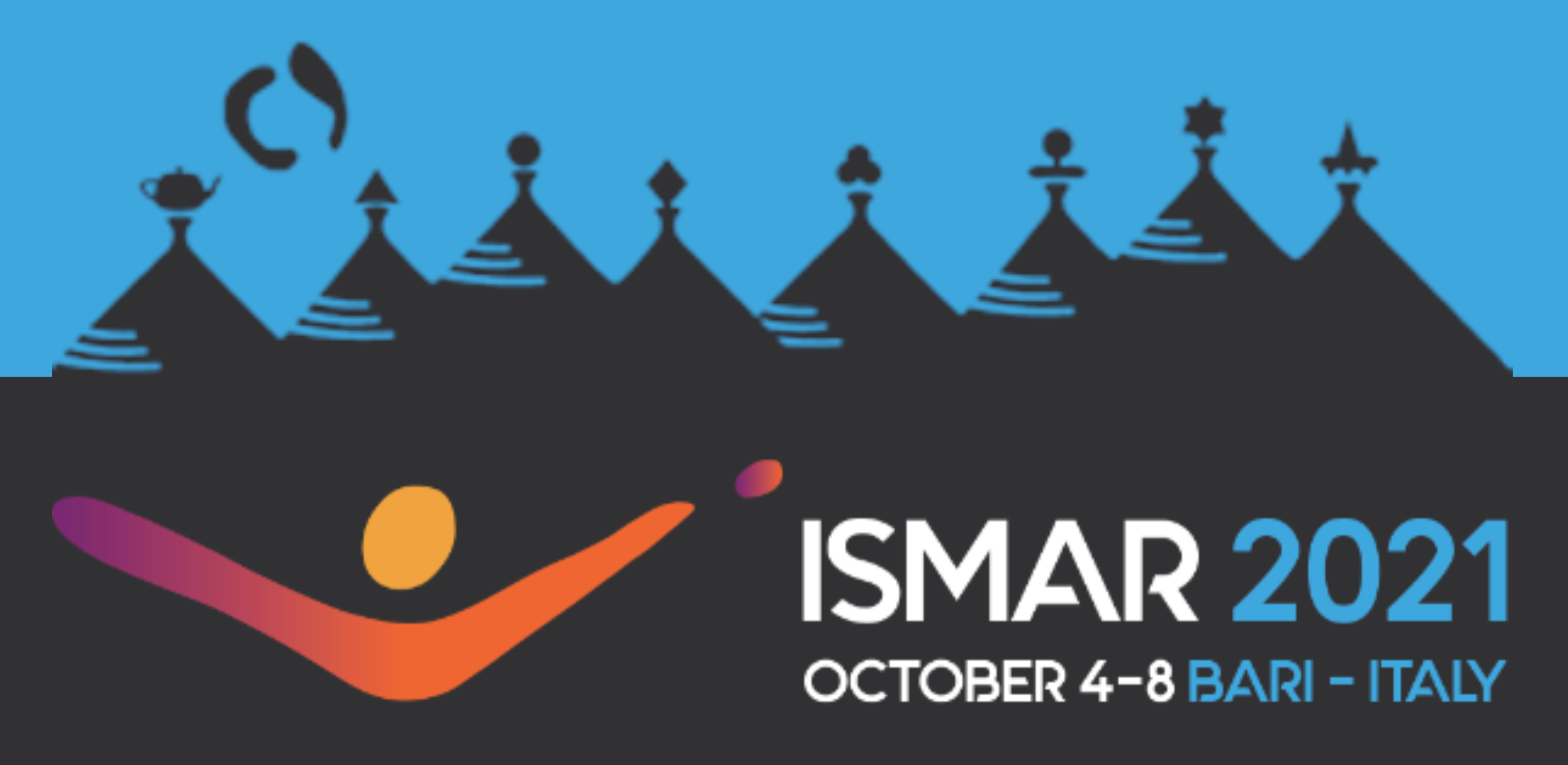We are happy to announce that two conference papers from our lab have been accepted at IEEE ISMAR 2022!
With an acceptance rate of 21%, this year’s ISMAR was again very competitive. We are glad that we are able to contribute to the community of the premier conference in the field of mixed reality with our research.



